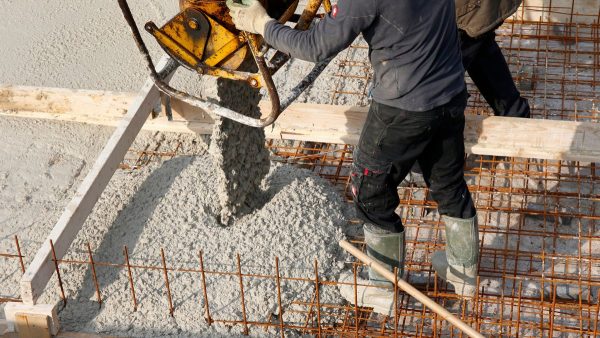Concrete maintenance: cost vs longevity

Maintaining concrete surfaces is crucial for preserving the longevity of your structure. Many property owners overlook concrete upkeep, focusing more on other facility operations. Neglecting concrete maintenance can lead to substantial long-term costs, particularly when water damage is involved.
Let’s explore how proactive inspections and maintenance can significantly extend the life of your concrete and keep expenses manageable.
The impact of water on concrete
Water is one of the most damaging elements for concrete, especially in areas with freezing temperatures. Even a tiny pinhole in a seal can allow gallons of water to infiltrate. Once inside, water expands when frozen, causing the concrete to crack and deteriorate. Multiple freeze-thaw cycles exacerbate the damage.
Joint sealants play a vital role in preventing water infiltration. Though these sealants come with a warranty of up to ten years, they remain susceptible to wear and tear. Regular inspections are crucial. Many property owners fail to schedule these checks due to budget constraints, perceived unimportance, or lack of awareness.
The importance of routine inspections
Regular inspections are cost-effective and can save significant money in the long run. Addressing minor issues early, such as deteriorating sealants or small cracks, prevents them from escalating into major problems. Inspections are straightforward and typically involve a one- to two-hour walk-through. Property managers can use checklists provided by organizations like the Precast/Prestressed Concrete Institute (PCI) for guidance.
For most buildings, an annual inspection is sufficient. However, parking structures need semi-annual inspections due to water, dirt, and grime accumulation, particularly in the spring and fall. In northern climates, annual washdowns are also recommended to combat the effects of road salts and sand on concrete and sealants.
The cost of neglect
Neglecting routine inspections can lead to significant repair costs. A structure without regular checks may develop severe issues, requiring expensive repairs or partial reconstruction. What could have been a minor fix, such as re-caulking or resealing, becomes a major expense if left unchecked.
Routine inspections are inexpensive compared to the potential costs of major repairs. The actual cost lies not in the inspections but in the consequences of ignoring them. Unchecked damage can disrupt operations, affect tenants or customers, and compromise structural safety.
Ensuring longevity with preventive care
Regular maintenance and timely repairs extend the lifespan of your concrete surfaces. A well-maintained building can last up to 50 years or more. Establishing a maintenance budget can help manage costs effectively. Many sealant and restoration service providers can assist in developing a budget, allowing you to plan for future repairs without unexpected expenses.
